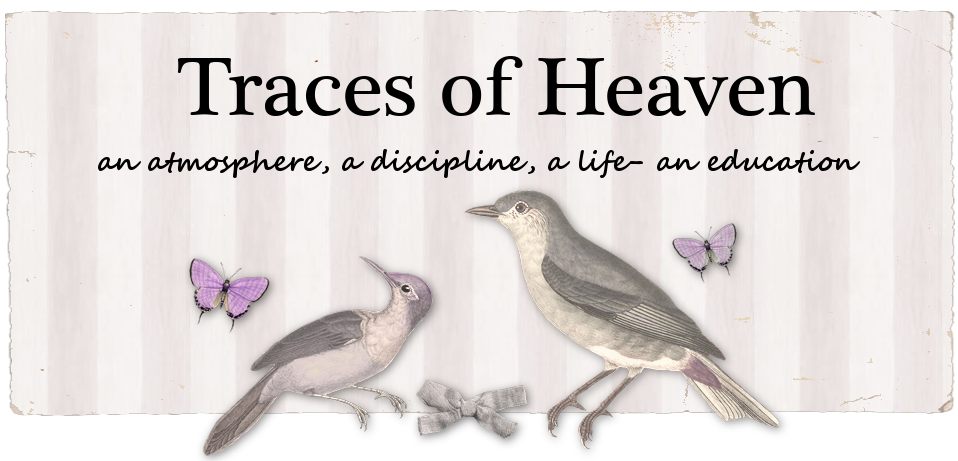And though it works well, I find that I have the same success just opening my bible with the kids to whatever scripture we are memorizing and reading it every day for a week than I do spending all this time writing out the passages on cards and sorting them/moving them around. The theme in this house is and always will be: "simplify, simplify." Because of this, I had to change the way we did scripture memory because though for some it might be a time saver, and it has a definite appeal, for me, it was too complex and really created a lot of unnecessary work.
With that in mind, I started looking for a good use for this perfectly nice little box and tons of blank index cards.
I eventually began playing around with keeping booklists in it and before I knew it I had created this wonderful system that perfectly meets my needs for sorting and organizing curriculum and booklists.
Up until then, I had been sitting down to do and re-do endless excel spreadsheets or making binders with different tabs that never seemed to work to get my mind organized as I planned ahead for future years. It involved going back and forth between all these documents I had to create with separate booklists I needed to combine by month and year and then re-do according to my children's varying abilities and interests. Now I just move a couple cards around when inspiration strikes and boom. Done.
So, following is a step by step guide to making a really easy and interesting-- and fun-- curriculum organizer for those of us who make our own and need some help with organizing.
You will need:
One card file box
Index cards
Pens of varying colors
A-Z card index guides
Post it flags or other adhesive tabs
Your booklists and plans for curriculum.
First, Place the A-Z card guides in the very back, and label and number a number of cards with homemade index tabs according to your needs. (I did: Volume I, Volume II, Volume III, and Volume IV (these stand for the Volumes of "Connecting with History," our history/geo/bible modules which extend over four years), Science and Nature, Fine Arts, Resources, PreK/K, One each for each grade level 1-12.) These particular tabs work for us because we have a curriculum based mostly on living books and we combine history/science/ fine arts as a family and by modules from Connecting with History. Yours may look very different.
I put cards containing the complete booklists for each age level behind the appropriate volume tab. Then I put cards for each of the books that aren't on the Connecting with History booklist but that we will/ are reading with each volume because we think they should be. Behind the science tab, we put science/nature specific nonfiction and biographies, same for the fine arts section. Behind the resource section are all the resources I use for supplies, for curriculum, for ideas, etc. Behind the grade level tabs I have one card that contains the core curriculum for each grade level, and then whatever books we will use for that year.
For example, behind the PreK/K tab I have the entire Five in a Row booklist (which forms the core of PreK and K here) and some other books we use each day, and then I put the separate cards for all the additional read-alouds I want to do that year.
The beauty of this is that I can just move the cards around when the next kid hits that grade level and I want to make changes, instead of having to spend forever re-doing excel spreadsheets or binders like I have done in the past. Takes ten seconds instead of twenty minutes, which is great. Behind the A-Z tabs are cards for the books we plan to use at some point that is either not in use yet or don't fit into the other categories because they are literature.
All the individual cards for books contain: age ranges on the top right for easy sorting, title, author, publisher, a snippet about the book/ notes like which illustrated version to look for, number of pages, separations (chapters?) format (PB/Hardcover, etc) and approximate price on amazon.
And that's it! Super easy to use, I had fun making it, and I've used it every day since making it (because I think about education that much. :D)
Hope it helps somebody out there!
















